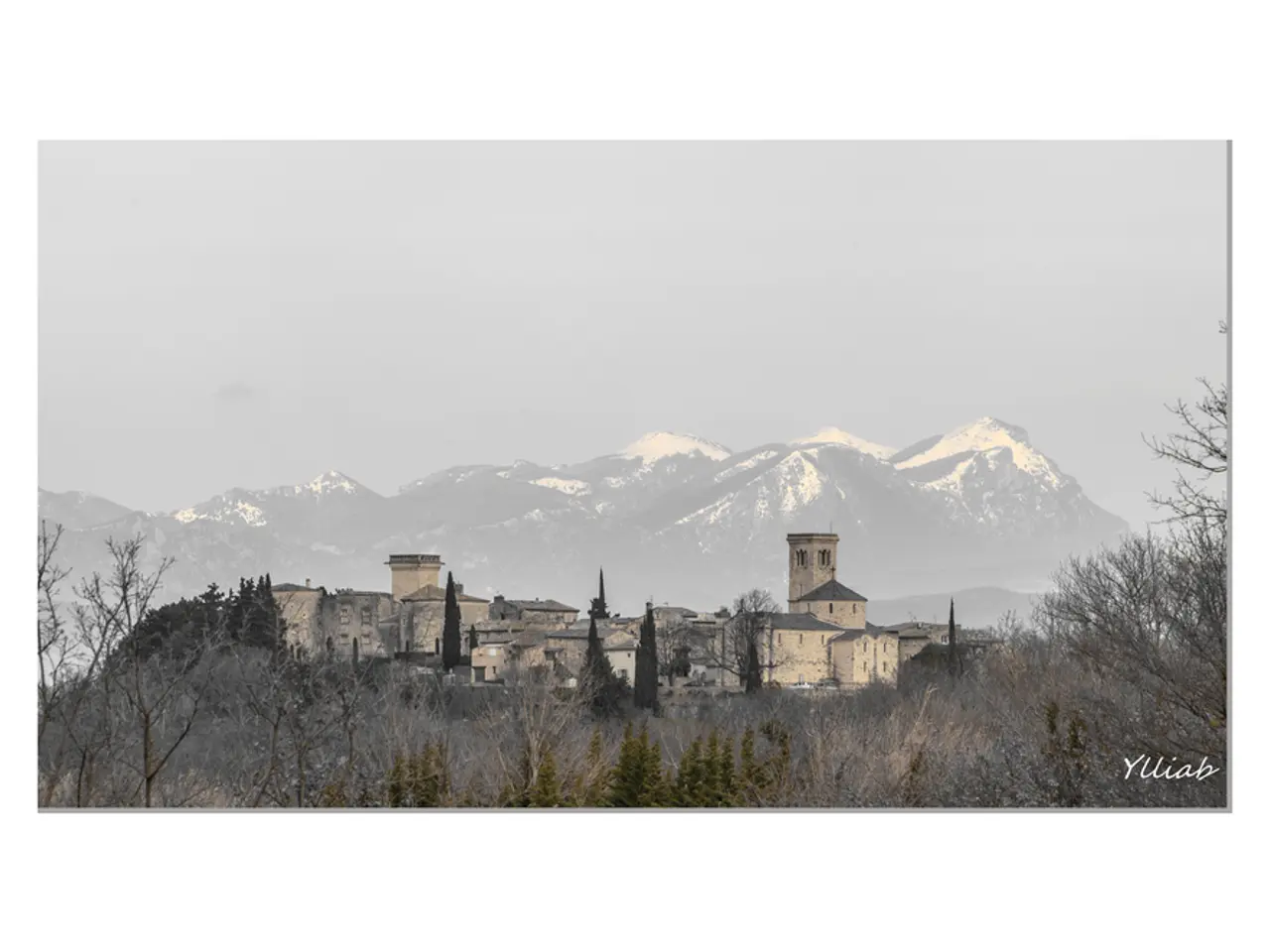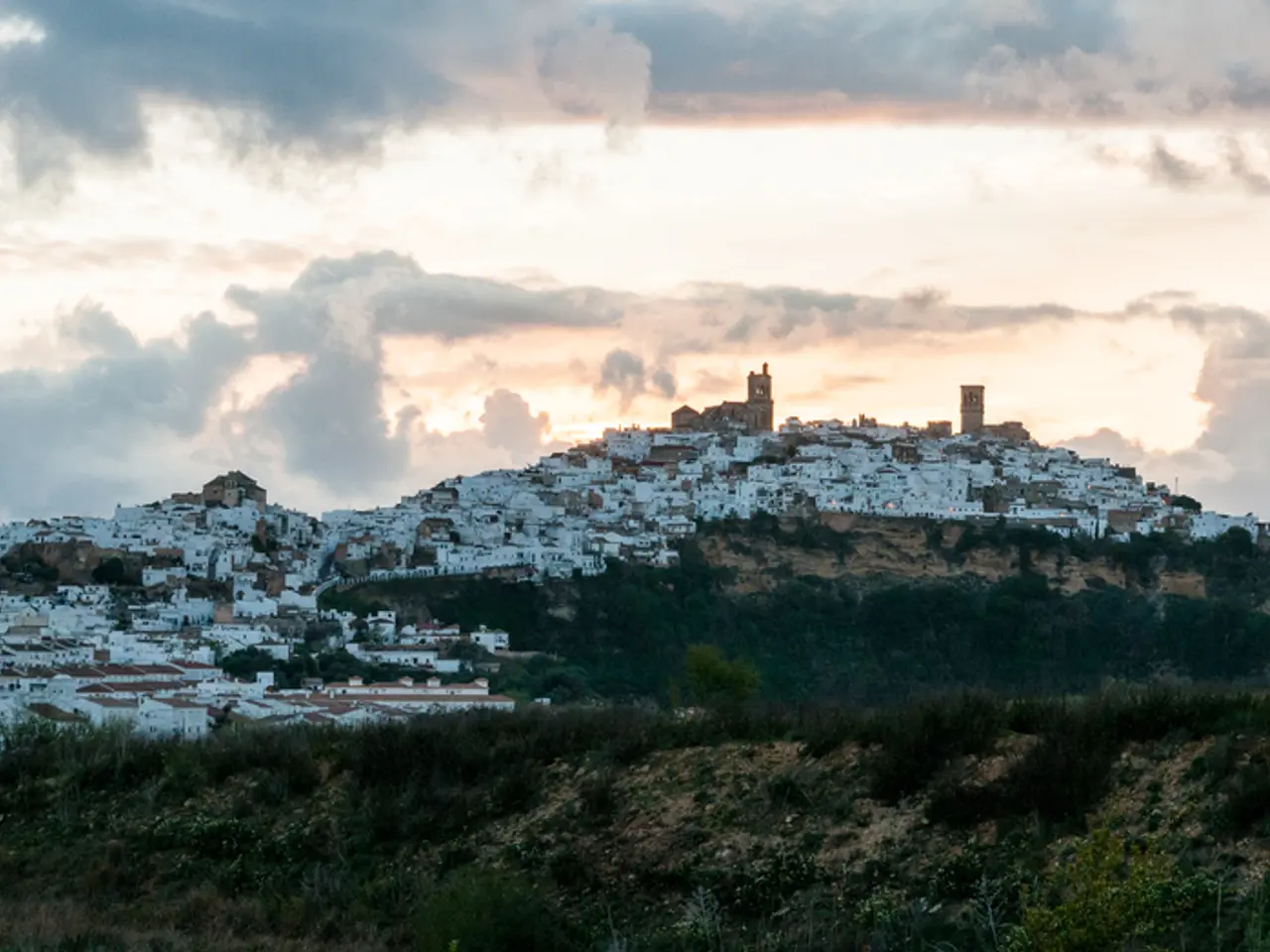Enchanting Bavarian Castles Granted UNESCO World Heritage Status
In a historic decision, the German Royal Castles of Bavaria—Neuschwanstein Castle, Herrenchiemsee Palace, Linderhof Palace, and the Royal Villa of Schachen—have been officially inscribed as UNESCO World Heritage Sites. This recognition comes in July 2025, acknowledging the unique architectural features and historical significance of these castles built by King Ludwig II of Bavaria (1845–1886).
The castles, located in the idyllic setting of Upper Bavaria, Germany, have been attracting tourists for over 140 years, with a significant number of these visitors being foreign tourists on vacation.
### Unique Features
Each castle showcases a distinct architectural style, reflecting Ludwig’s artistic imagination and eccentric personality.
Neuschwanstein Castle, known worldwide as the archetypal fairytale castle and inspiration for Disney's iconic castles, combines a highly idealized medieval exterior with cutting-edge architectural techniques from the late 19th century. Its romantic, picturesque setting amid the Bavarian Alps reinforces its dreamlike quality.
Herrenchiemsee Palace, modeled after the French Palace of Versailles, reflects Ludwig’s admiration for absolute monarchy and French grandeur.
Linderhof Palace, the smallest of the group, is lavishly decorated, representing Ludwig’s tastes for intimate, intricate royal retreats.
The Royal Villa of Schachen, also known as a royal lodge or hunting retreat, showcases a more personal and playful architectural style by Ludwig.
### Historical Significance
These castles are masterpieces of 19th-century historicism, demonstrating the 19th-century romantic ideals and notions of kingship. They blend medieval, baroque, and French classicism influences, embodying Ludwig’s passion for the arts, culture, and his desire to create fantasy worlds in stone.
The inscription of these castles as World Heritage Sites highlights their outstanding examples of architectural and artistic creativity. The World Heritage Committee praised them as architectural masterpieces that bear witness to both artistic imagination and the eccentricity of the "fairytale king” [1][2][3][4].
In 2024, the castles welcomed over 1.7 million visitors, underscoring their global cultural importance. The inscription emphasizes the importance of preservation and cultural heritage management of these iconic landmarks.
### UNESCO Recognition
The designation by UNESCO serves as a tribute to the impressive architecture of these castles and their role in preserving Bavaria’s 19th-century royal ambitions and artistic legacy. The castles are witnesses to the artistic imagination and the eccentricity of King Ludwig II, attracting tourists for nearly 140 years.
The castles, architectural masterpieces according to the president of the German UNESCO Commission, Maria Böhmer, are now part of the global cultural landscape, symbolizing Bavaria’s artistic legacy and the vision of King Ludwig II.
References: [1] UNESCO World Heritage Centre. (2025). German Royal Castles of Bavaria. Retrieved from https://whc.unesco.org/en/list/1612 [2] German National Tourist Board. (2025). German Royal Castles of Bavaria. Retrieved from https://www.germany.travel/en/destinations/bavaria/german-royal-castles-of-bavaria.html [3] The New York Times. (2025, July 1). German Royal Castles Recognized as UNESCO World Heritage Sites. Retrieved from https://www.nytimes.com/2025/07/01/world/europe/german-royal-castles-unesco-world-heritage-sites.html [4] The Guardian. (2025, July 1). German Royal Castles of Bavaria Become UNESCO World Heritage Sites. Retrieved from https://www.theguardian.com/world/2025/jul/01/german-royal-castles-of-bavaria-become-unesco-world-heritage-sites
Germany's recognition as a UNESCO World Heritage Site in 2025 includes the German Royal Castles of Bavaria, which attract a significant number of foreign tourists seeking unique lifestyle experiences through travel. Each castle, such as Neuschwanstein Castle, showcasing a blend of medieval and modern architecture, adds to the charm and historical significance of these sites.




